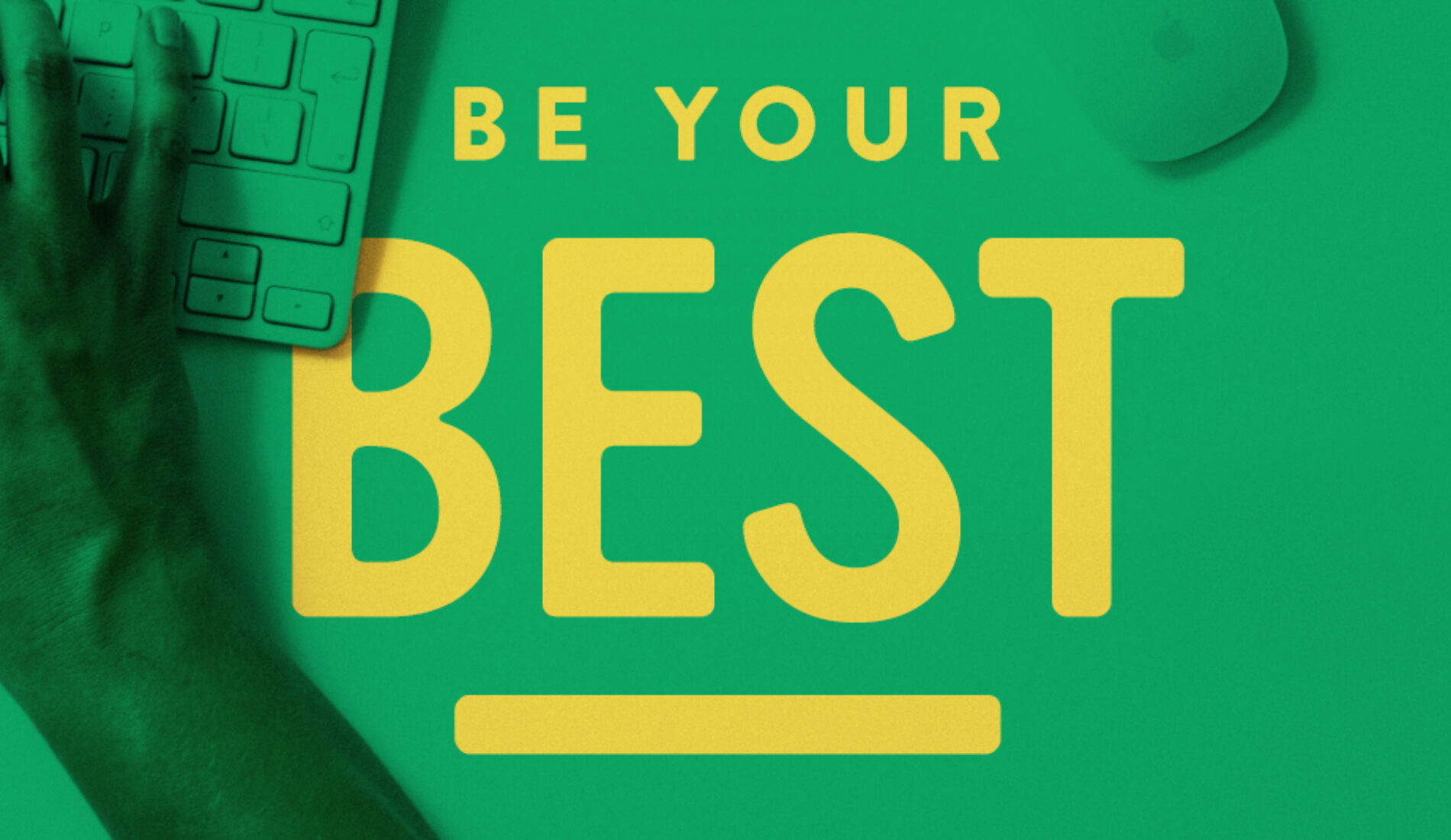Being a designer is awesome. I’m Brett, co-owner and creative director at a top London web design agency called Fhoke. I love that each project is different and that a little piece of me is injected into everything we do. I also love working with an incredible team of people pushing themselves to make each project better than the last, but you know what? Being a designer can be pretty tough.
When I was starting my career as a web designer, I remember my creative director saying, “If it were easy, everyone would be doing it”, and that phrase has stuck with me throughout my career.
As a designer, I’ve found that I don’t always have the solution from the off, and even when I think I’ve nailed it I’ll find that a client doesn’t always share my vision which is a natural confidence killer. But as I get further into my career, I get better at getting it right, and with every project I work on (or client I work with), I learn a little more. Not every project is easy, and sometimes I have to dig pretty deep to get through them, but I always do, and the client always ends up happy.
So what can make you a better designer? Apart from having an eye for it, there are qualities I’ve learned along the way that will help you progress in your career. If you want to become the best website designer, you’ve come to the right place! Web design is a competitive field, and standing out from the crowd can be challenging. Hopefully, by following these ten simple steps, you can become the best website designer. Read on to find out how!
1 Stay on top of web design trends
In the fast-paced world of web design, staying on top of design trends is key if you want to be the best website designer. As a digital designer, staying updated with the latest design techniques and styles is crucial to create visually appealing and engaging websites. By staying informed about design trends, you can make sure that your work remains fresh and relevant.
One way to stay on top of design trends is to follow design blogs and websites dedicated to digital design. These resources often feature articles and tutorials to help you learn new skills and stay updated on industry trends. We use web design galleries like Awwwards and CSS Design Awards to monitor the best website designs from across the globe. We’ve won and been nominated for quite a few awards on both. Additionally, joining web design forums and communities can provide you with valuable insights from other professionals in the field.
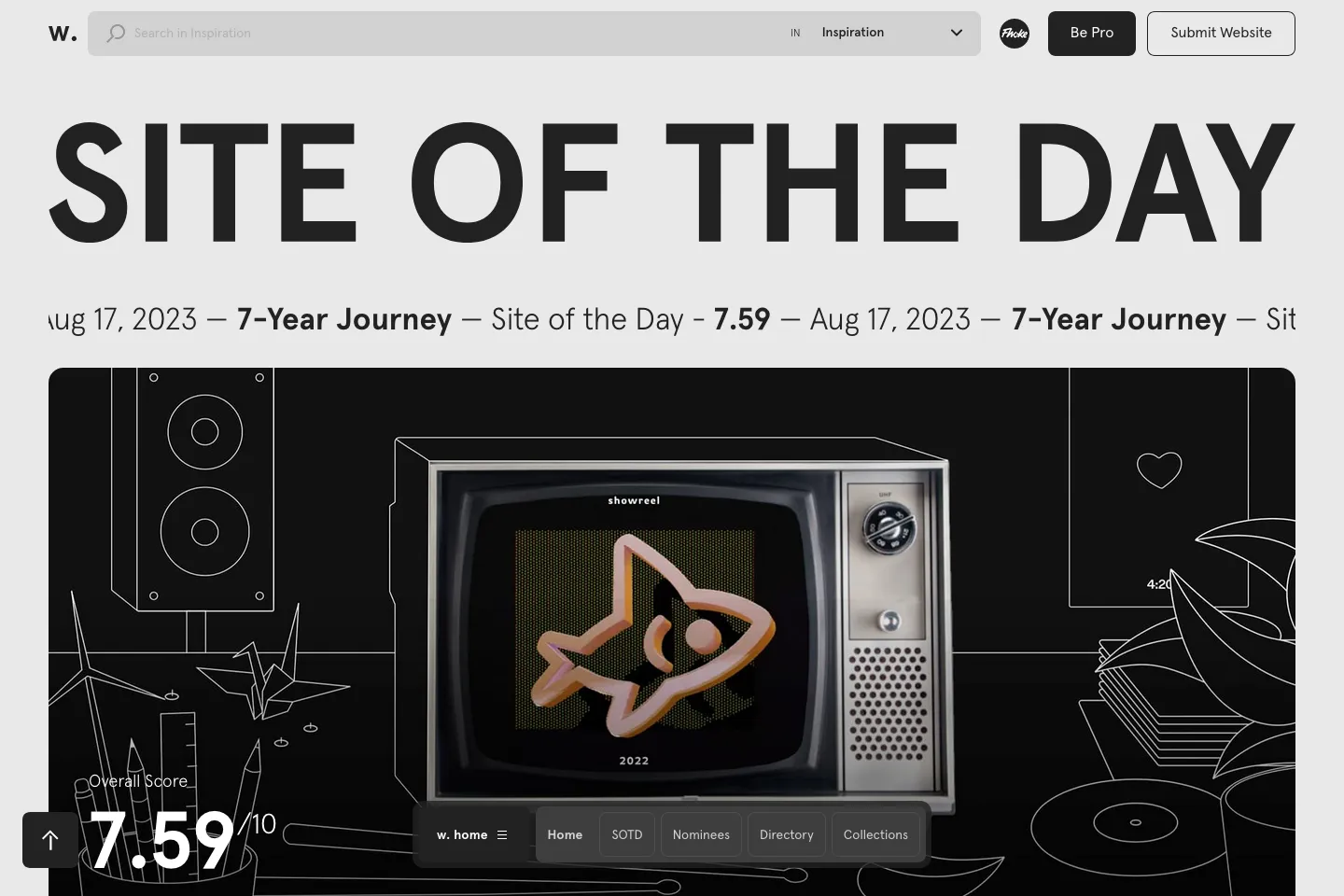
Another great way to stay ahead of the curve is by attending design conferences and workshops. These events bring together industry experts and provide opportunities for networking and learning from the best in the business.
A study by CareerFoundry showed that designers who regularly practice and continually improve their skills earn on average 35% more than those who do not. This highlights the value of honing your skills through continuous learning and practice.
Finally, consider joining a web design agency. Working with a team of experienced designers can expose you to new ideas and approaches, keeping your skills sharp and your work current. By staying on top of design trends, you can set yourself apart from the competition and become the best website designer in the industry. So, don’t wait; start exploring and experimenting with the latest design trends today!
2 Understand the user experience (UX) and user interface (UI) principles
When creating exceptional websites, understanding the principles of user experience (UX) and user interface (UI) is essential. UX focuses on users’ overall experience while interacting with a website, while UI pertains to the visual and interactive elements of a site. By mastering these principles, you can elevate your web design skills and create user-friendly, intuitive websites that stand out from the competition.
To understand UX and UI, start by researching user behaviour and preferences. This will help you gain insight into what users expect from a website and how they navigate it. By understanding their needs and desires, you can create a design that meets their expectations and provides a positive experience.
Additionally, consider usability testing to gather feedback on your designs. This involves observing how users interact with your website and making adjustments based on their behaviours. Usability testing can uncover areas for improvement and help you refine your design to meet user needs better. Platforms like Hotjar that offer heat mapping and analytic tools are great.
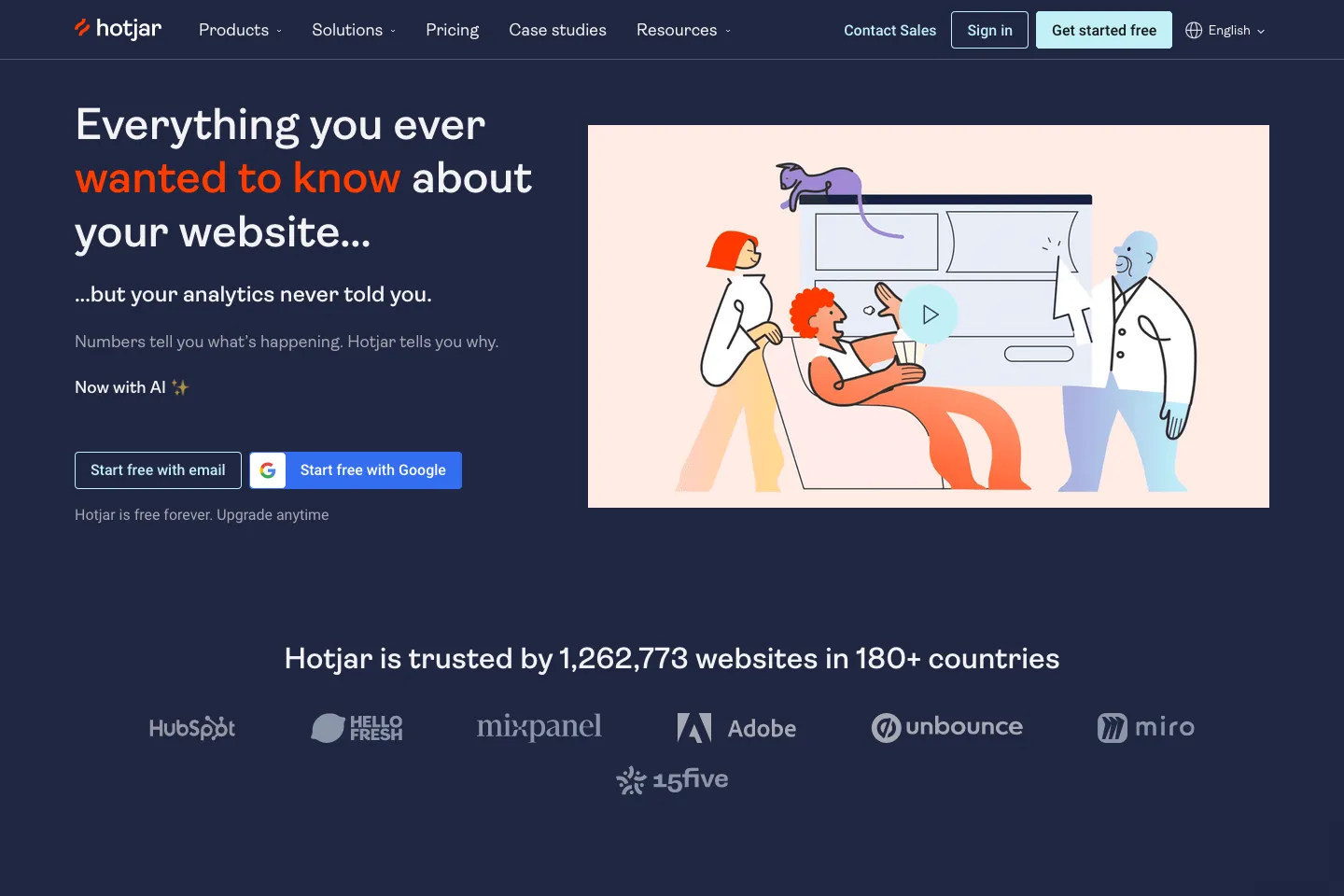
Remember, good UX and UI are all about simplicity and clarity. Aim for clean and intuitive interfaces that guide users effortlessly through the site. Ensure your design is responsive, and adapts seamlessly to different devices and screen sizes.
By understanding the principles of UX and UI, you can create websites that look visually appealing and provide a seamless and enjoyable user experience. Incorporate these principles into your web design process, and watch as your designs become more engaging and user-friendly.
3 Be a problem solver and critical thinker
Being a problem solver and critical thinker is a great skill to boast when looking to become the best website designer. In the world of web design, challenges are bound to arise, whether finding the best solution for a complex design problem or troubleshooting technical issues. As a web designer, it’s essential to approach these challenges with a problem-solving mindset and think critically to find the best possible solutions.
To become a proficient problem solver and critical thinker, it’s important to embrace a growth mindset. This means being open to new ideas, approaches, and perspectives and not being afraid to take risks. It’s about thinking outside the box and exploring different solutions, even if they may be unconventional.
Developing strong analytical skills is key to being a successful problem solver and critical thinker. This involves breaking down complex problems into smaller, more manageable parts and analysing each component to identify potential solutions. It’s about asking the right questions, conducting thorough research, and seeking input from others to gain different perspectives.
Lastly, being a good problem solver and critical thinker also requires effective communication. This involves clearly articulating your thoughts and ideas, actively listening to others, and collaborating with clients and team members to find the best solutions. Good communication helps ensure everyone is on the same page and working towards a common goal.
By cultivating problem-solving and critical-thinking skills and embracing effective communication, you can tackle any challenge that comes your way and excel as the best website designer in the industry.
4 Communicate effectively with clients and team members
Effective communication is a crucial skill for any website designer. Communicating effectively with clients and team members is essential to deliver a successful project. When working with clients, it’s crucial to actively listen to their needs and requirements, ask clarifying questions, and explain design concepts and decisions clearly. Understanding and addressing their concerns and expectations can build trust and create a design that meets their vision.
The National Association of Colleges and Employers found that strong communication skills were ranked highest among essential skills required for job success, at 77%.
In addition to client communication, collaborating effectively with team members is vital for a smooth workflow. This involves clearly and concisely communicating project goals, deadlines, and tasks. Regularly checking in with team members, providing feedback, and addressing issues are all important aspects of effective communication. By fostering a positive and open communication environment, you can enhance collaboration, prevent misunderstandings, and ensure everyone is working towards a common goal.
Listening is key; without listening properly to the problem, how can you ever come up with a solution? Always listen, take time to understand and ask questions before coming back with a reply. Having effective communication is a skill that can elevate your web design career. By mastering this skill, you can establish strong relationships with clients and team members, improve project outcomes, and ultimately become the best website designer you can be.
5 Know the basics of coding
As a web designer, it’s helpful to understand coding languages. Knowing how a website is coded gives you the power to bring your designs to life and create functional and interactive websites. Whether you’re using HTML, CSS, JavaScript, or any other coding language, having a handle on how coding works allows you to have more control over your designs and tailor them to your exact specifications.
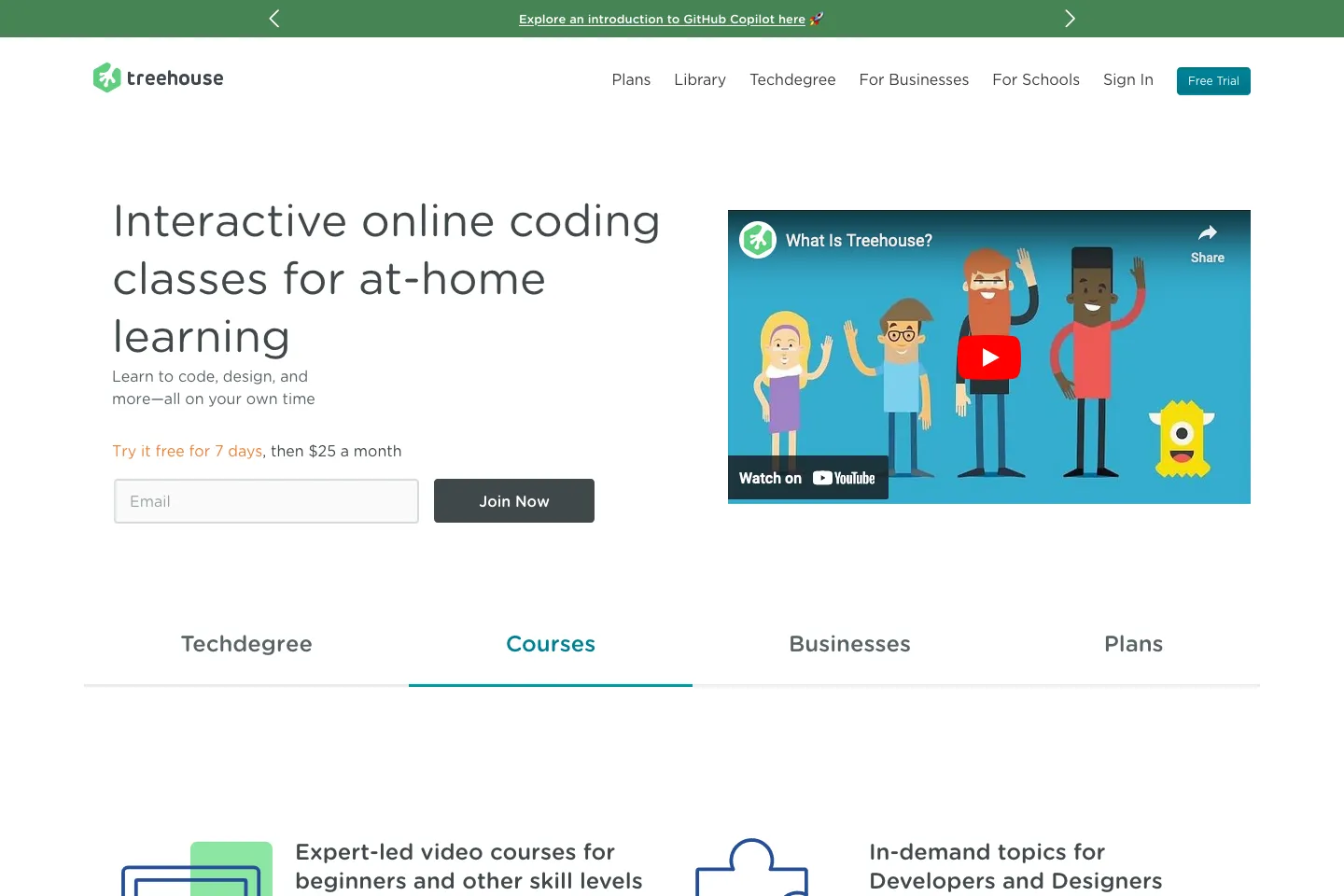
When you know a bit about how sites are coded, you’re not only limited to using pre-designed templates or relying on website builders. You can customise your visuals, from the layout to the animations and transitions. This level of control allows you to create unique and visually appealing websites and optimises your designs for performance and user experience.
Coding knowledge also makes you a valuable asset to any web design agency. You can collaborate seamlessly with web developers and bridge the gap between design and development. By understanding the coding process, you can communicate your design intentions effectively and troubleshoot any issues arising during the development phase.
In a report by Burning Glass Technologies, coding was identified as one of the most in-demand skills across multiple industries, with an average salary of $76,526 per year for designers who possess this skill. Knowing how to code can significantly enhance career prospects as a web designer.
Knowing how to code sets you apart as a web designer and empowers you to create visually stunning and highly functional websites. So, don’t be afraid to dive into coding and expand your skill set. It’s an essential step in becoming your best website designer.
6 Be brave
Being brave is a key ingredient to becoming the best website designer. It means stepping outside your comfort zone and taking risks in your design choices. It means being willing to try new techniques and experiment with different styles. Being brave also means not being afraid to receive feedback or make revisions to your work. By embracing bravery in your design process, you can create unique and innovative websites that stand out. So, don’t be afraid to be bold and fearless in your design decisions – it’s what sets the best website designers apart.
Be brave and explore new tools and software; you can expand your skill set and take your web design to the next level. One tool that you should consider incorporating into your workflow is Adobe XD. This powerful software allows you to create interactive prototypes and wireframes, making it easier to communicate your design ideas to clients and team members. Adobe XD integrates seamlessly with other Adobe Creative Cloud applications, such as Photoshop and Illustrator, giving you a comprehensive toolkit for all your design needs.
Another tool to consider is Figma. Figma is a cloud-based design tool that allows for real-time collaboration and prototyping. Its intuitive interface and powerful features make it a popular choice among designers. With Figma, you can easily create responsive designs and share them with clients and stakeholders for feedback.
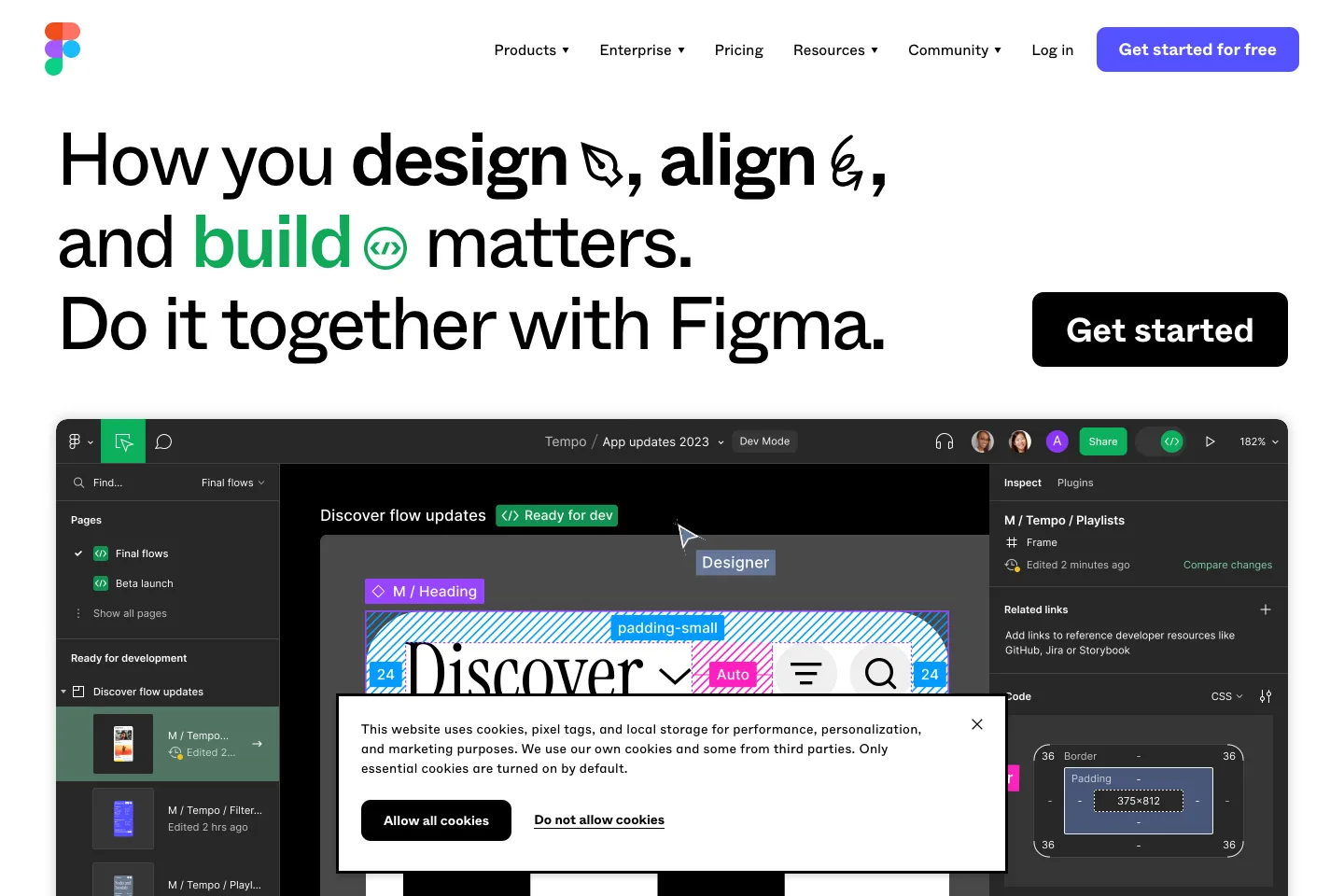
Lastly, Sketch is another tool that deserves your attention. Sketch is known for its simplicity and ease of use, making it a favourite among web designers. It offers various plugins and integrations to enhance your workflow and productivity.
7 Be resilient
Not every project is easy, not every design you do is going to be well received, and your resilience and ability to bounce back will get you through.
Take a recent project, for example. I received some shocking feedback from a client, they didn’t like the concept I’d sent them, and they didn’t hold back in letting me know how wrong I got it. At first, I was upset and disappointed that they didn’t like what I had done, but ultimately I was gutted that they weren’t happy with it, and that’s because I genuinely gave a shit. In this situation, I’ve always found there’s only one way to tackle it: head-on. I stayed late that night and revisited the client’s website brief; I took on board their feedback and came back with a fresh design within six hours that they loved. If it all starts going wrong, you need to pick yourself up and act fast; there’s no worse feeling as a designer than the person you are working for losing confidence in your ability; get to work and show them that you know your onions.
Being resilient means embracing failure as an opportunity to learn and grow. When a design doesn’t work out as planned, or a project doesn’t meet expectations, view it as a chance to analyse what went wrong and make improvements for future projects. Remember that even the most successful website designers have faced their fair share of setbacks. It’s how you respond to those setbacks that define your success.
Another aspect of resilience is maintaining a positive mindset. The field of web design is constantly evolving, and it’s easy to feel overwhelmed or discouraged at times. However, by maintaining a positive outlook and believing in your abilities, you can overcome any challenges that come your way. Surround yourself with a supportive network of fellow designers who can offer guidance and encouragement when needed.
Lastly, resilience involves perseverance. Designing websites can be lengthy and complex, and it’s essential to stay committed even when things get tough. Push through creative blocks, work through technical issues, and stay dedicated to delivering high-quality designs.
By cultivating resilience, you can navigate the ups and downs of being part of a web design agency and emerge as a stronger and more successful website designer. Embrace challenges, stay positive, and keep pushing forward. Remember, resilience is not only important for your professional success, but it’s also essential for personal growth and development.
8 Give a shit
Caring is super important. I don’t know any designer that doesn’t care. They care about their work, they care about their clients, and they want everything they do to become a success. If you’re a designer and don’t give a monkey’s, you need to find another job. Nobody wants to work with someone churning out average work in it just to earn a dime.
When you “Give A Shit”, you go above and beyond to ensure that every website you design genuinely reflects your skills and dedication. It means paying attention to even the smallest details, from the layout and typography to the colour scheme and imagery. It means constantly seeking feedback and striving for continuous improvement. It means staying current with the latest industry trends and technologies, so you can offer your clients the best solutions for their needs.
It’s about taking pride in your work and holding yourself to the highest standards. It’s about being proactive and taking ownership of your projects. It’s about going the extra mile to exceed client expectations and deliver websites that truly stand out in the competitive web design industry.
So, to be the best website designer, remember to care about everything you do. Your passion and dedication will shine through in your work, and your clients and users will notice the difference.
9 Go above and beyond
Doing the best work you can and being the best you can be doesn’t happen by simply doing what’s needed of you; it’s about exceeding expectations and adding that little bit extra in everything you do.
Spend longer on a design than quoted, not just for the client but because you want that design to be awesome and awesome design work attracts more of the same. If a client has asked for a small addition to a project, don’t think about charging them first; see if you can give them an hour of your time because you care. If a client is stuck and needs something done out of the blue and you can fit it in quickly, then help them. Going above and beyond is not about giving stuff away for free; it’s about earning trust. When clients trust you and know that you’re on their side, they’ll be clients for life; they’ll use you without even considering anyone else; they’ll also recommend you to their friends, colleagues, and associates and ultimately keep you in business.
10 Share your knowledge
Share your knowledge, and don’t hold back. Whether you’re sharing with the client, or your boss, colleagues, or the design community, being totally honest and open in everything you do gives people confidence in you as a person.
When you’re communicating with a client, as a web designer, you’re offering a service; you’re also offering yourself as their design partner and have to work closely with them. Your client needs to be able to trust you; after all, their money and business are in your hands.
For everyone else, now that you’ve learned how to become the best website designer, it’s time to share your knowledge with the world. Sharing what you’ve learned helps others in their journey and reinforces your understanding and mastery of the craft.
Start by creating a blog website and writing blog posts or articles about web design topics that interest you. You can share tips and tricks, showcase your projects, or provide in-depth tutorials. By sharing your expertise, you can position yourself as a thought leader in the industry and attract a following of fellow designers and aspiring web designers.
Another way to share your knowledge is by mentoring or teaching others. Offer to mentor junior designers or start teaching web design classes or workshops. Sharing your experience and guiding others can be a rewarding way to give back to the community and help others grow in their skills and careers.
Additionally, consider participating in design events and conferences as a speaker or panellist. Sharing your insights and experiences with a live audience can be an excellent way to inspire and educate others. Networking at these events can also lead to valuable connections and opportunities for collaboration.
Remember, sharing your knowledge benefits others and helps you stay connected to the ever-evolving web design industry. So, don’t keep your expertise to yourself – share it with the world and positively impact the design community.
Final thoughts
Being a good website designer is more than having the skills to create cool stuff. It’s about being adaptable, caring, considerate and an all-round good person. You’ve got it made if you can be all that and create great work. So go out there and make your mark!
